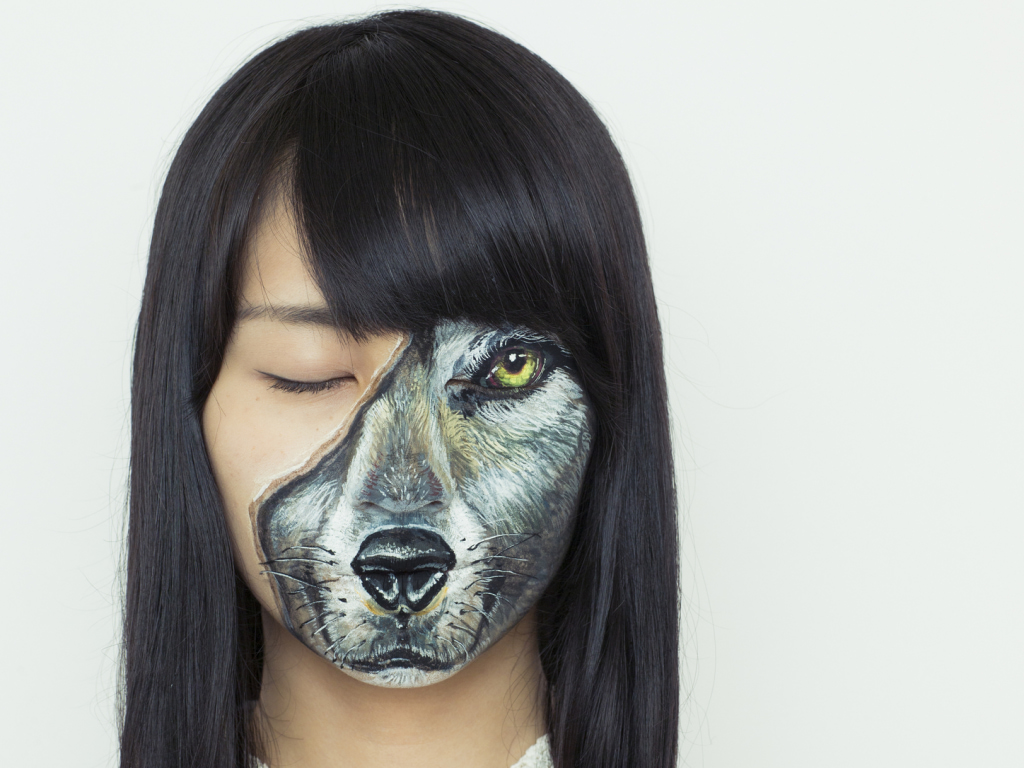It’s not the norm to stand out from the crowd in Japan, but these four Japanese artists and performers go to the extreme to do just that.
The Hyperreal Body Artist
Hikaru Cho admits that her body art is not to everyone’s taste. Reactions vary greatly amongst those who see it, but that’s fine with her. Good or bad, the most important thing is that it leaves an impression.
“Some people are amazed, others appreciate the technique, then there are those who are grossed out by it all,” Cho says, laughing. “I don’t think my work is grotesque at all so I find it quite interesting when I hear that. But it’s better than someone having no opinion at all.”
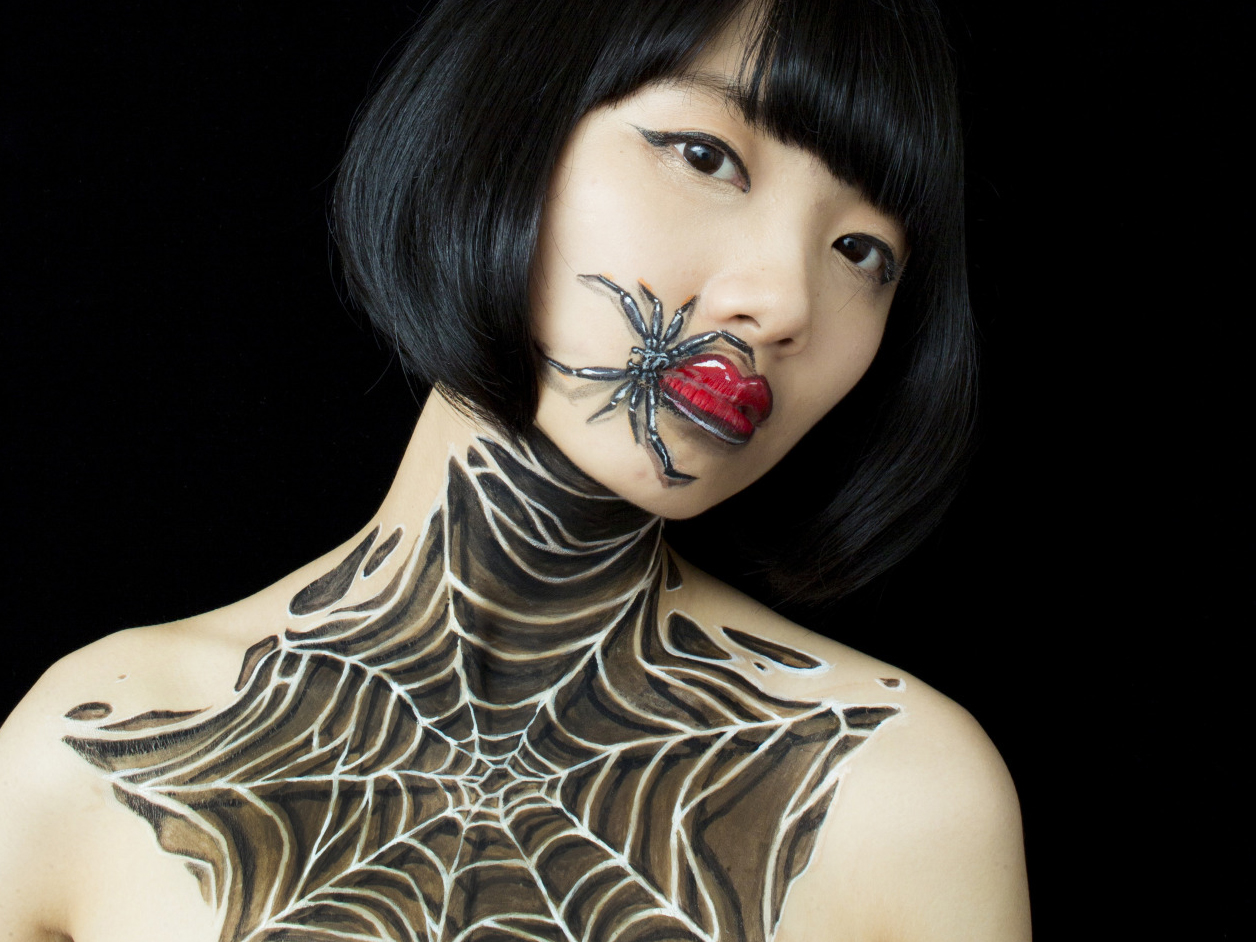
© Hikaru Cho, photo by Katuaki Sato
It was a lack of paper in the room where she was studying one day that prompted the former Musashino University student to take up a career in body art. With no other canvas around, she decided to draw an eye on her friend’s hand, and things took off from there. After posting her work online, Cho was given the opportunity to draw for Amnesty International’s My Body My Rights campaign to coincide with International Women’s Day in 2014. The collaboration – which featured in major global newspapers like The Independent and The Telegraph – attracted new audiences and raised her global profile.
“Some people are grossed out by it all”
It led to an increased interest in her work and subsequently she’s been kept busy over the past couple of years. Projects have included designs for CD covers and clothes, directing music videos and creating visuals for advertisements. She’s currently working on a comic book that will be released this summer.
“I draw inspiration from everyday things and my own general feelings,” Cho says. “I think the realistic way I paint sets it apart from other body art out there. I try to convey messages to fight stereotypes and cast doubt on common sense. My dream is that people will look at the artwork and start thinking differently about things.”
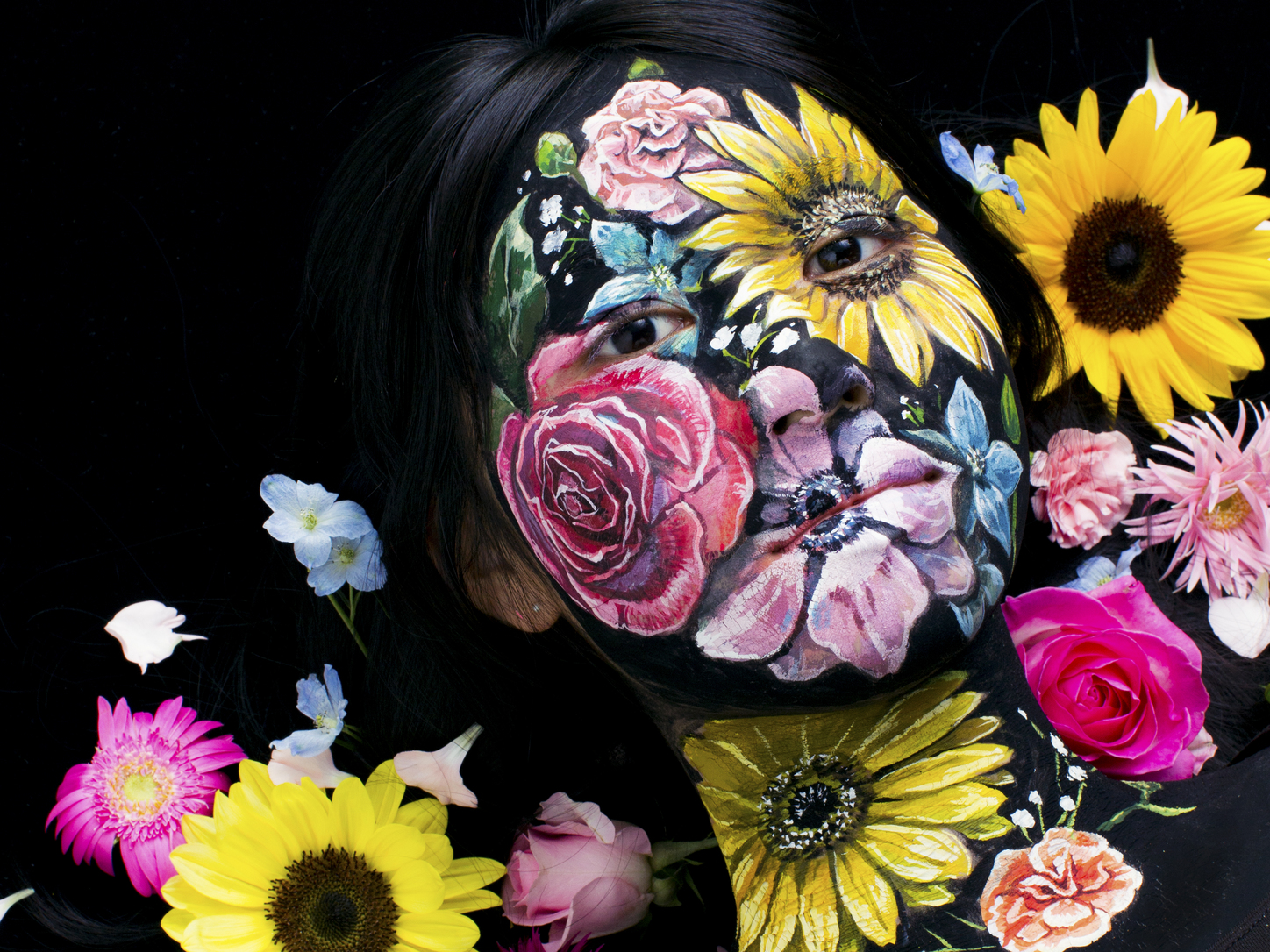
© Hikaru Cho
The Acrobat and Martial Artist
A two-time Extreme Martial Arts Japan champion, Tomonori Muraoka has been putting his body on the line for over a decade. It was the films of Jackie Chan that first piqued his interest in combat training when he was a high school student in Saitama. “I joined Japan Action Enterprise,” Muraoka says. “It’s a renowned establishment that was founded by Sonny Chiba (initially under the name Japan Action Club). We studied stunt performing, gymnastics, martial arts and jazz dance. I was the youngest in the class so it was quite intimidating early on.”
Muraoka’s confidence and reputation soon grew. During his time with the agency he was chosen to perform in popular movies such as GeGeGe no Kitaro and 20th Century Boys as well as the theatrical extravaganza Takizawa Kabuki. At the age of 24 he decided to go it alone. “My ambitions had changed,” he says.
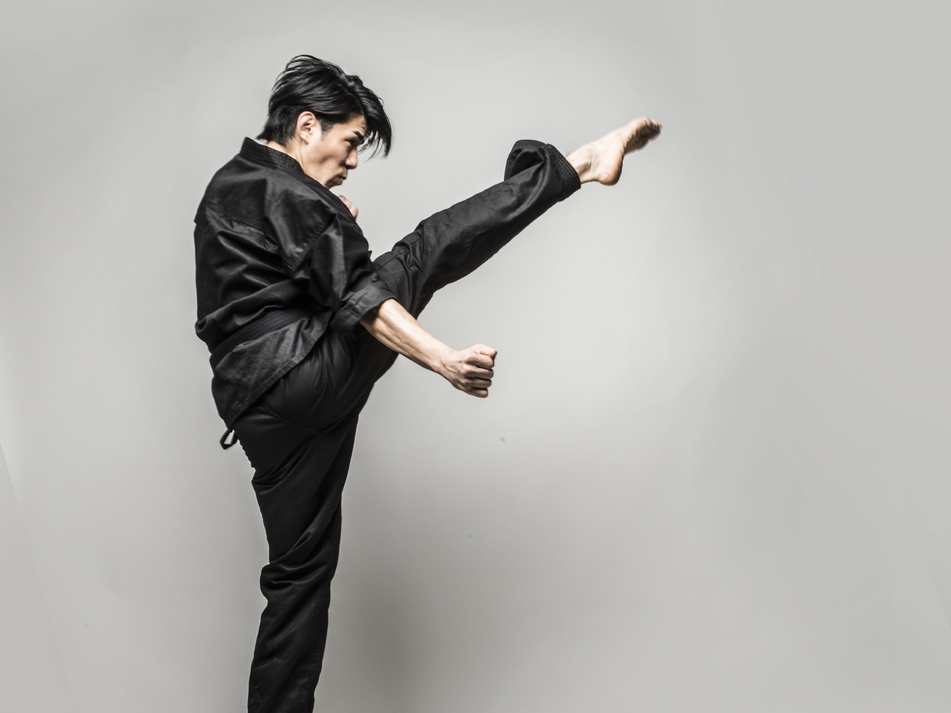
© Tomonori Muraoka
“My goal was, and still is, to perform for Cirque du Soleil, which meant focusing more on acrobatic skills than stunts. I didn’t get through the auditions in the States last year, but I was invited backstage by the company director who praised my routine and told me to try out again soon, which was encouraging to hear.”
Another of Muraoka’s long-term aspirations is to bring the Cirque du Monde – a circus program that reaches out to marginalized kids – to Japan. For now, though, he is focused on improving his technique and continuing to entertain audiences with his spellbinding skills.
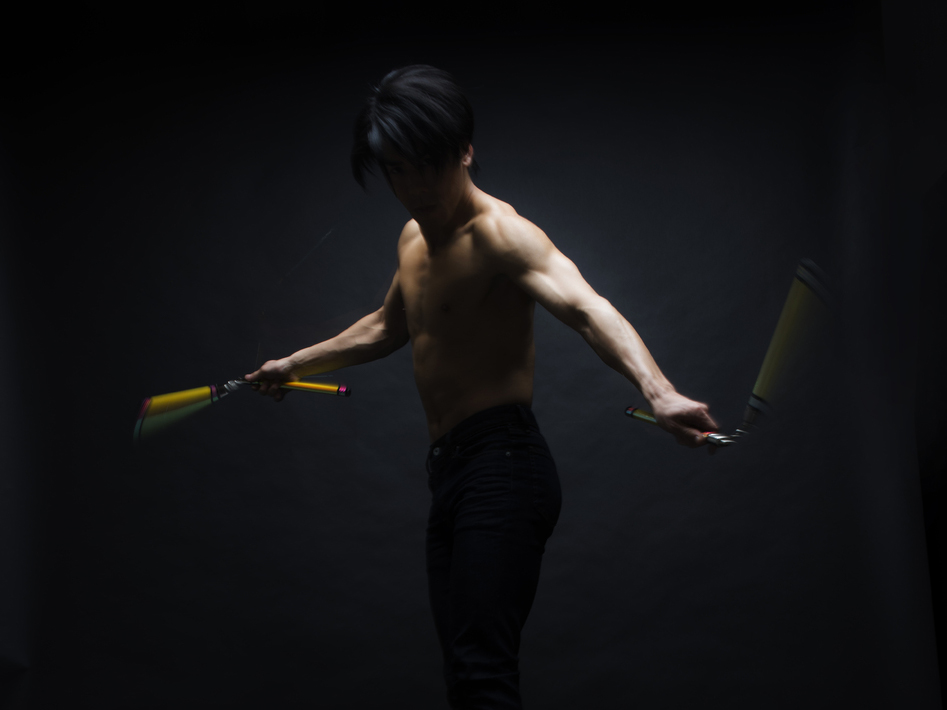
© Tomonori Muraoka
The Contortionist
In a largely conformist society, Rika Maruyama has never been afraid to stand out from the crowd. While her friends were enrolling at college and taking on office jobs she decided to start a career in contortionism, despite not initially knowing what the word meant.
“Having done rhythmic gymnastics throughout my youth I’ve always had a limber body, and someone suggested I’d make a good contortionist,” Maruyama says. “I eventually Googled it – after racking my brain for three weeks trying to remember what the word was – and was immediately captivated. I’d never seen anything like that in Japan.” Maruyama spent hours watching videos online and was particularly enthralled by the performances of Mongolians Ulziibuyan Mergen, Oyun-Erdene Senge and Tsetseglen Odgerel. Feeling inspired, she decided to enroll at a nearby studio.
“I’d never seen anything like that in Japan”
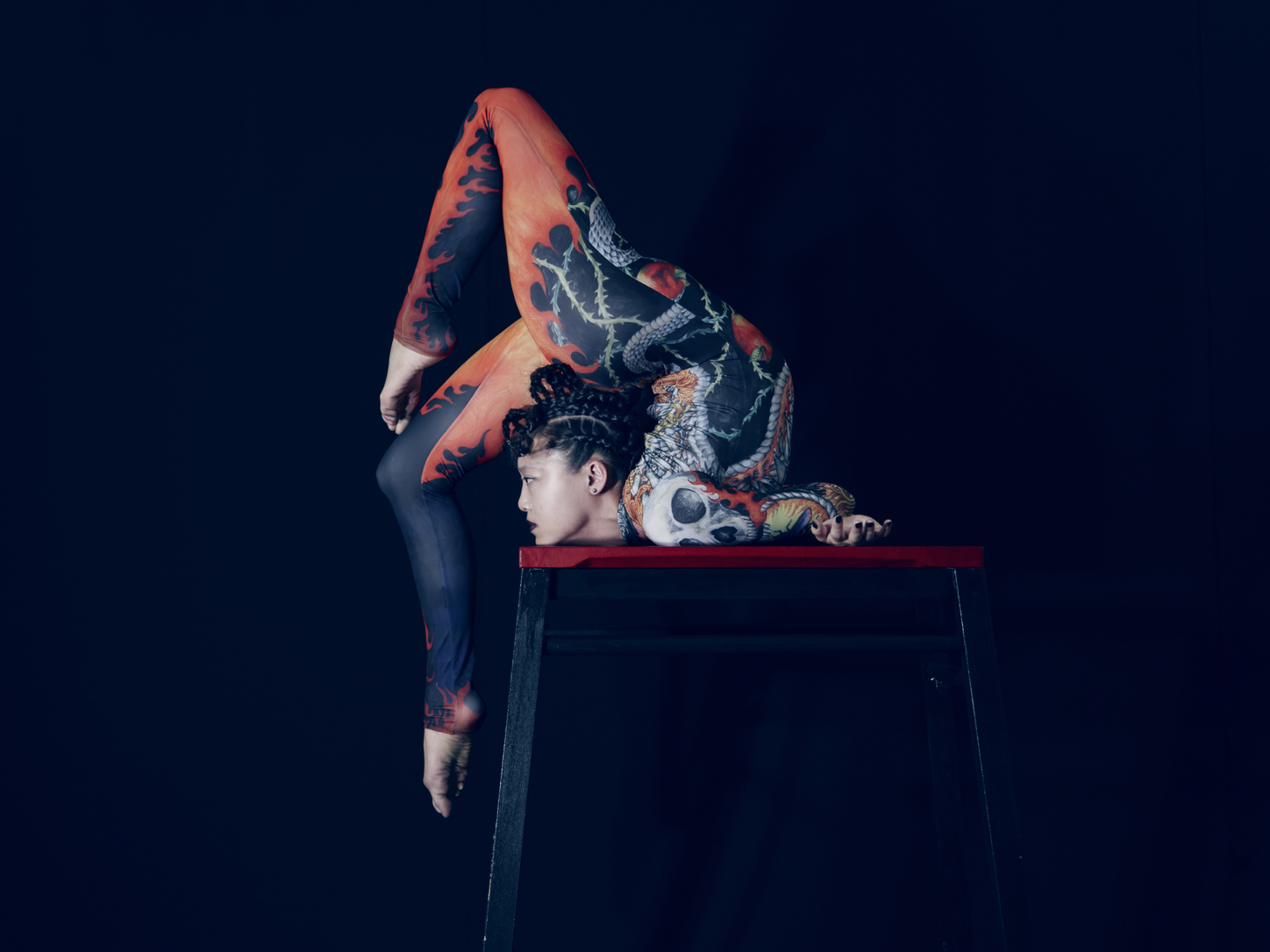
© Rika Maruyama, photo by Reiko Wakai
In terms of flexibility, the then-18-year-old clearly had great potential, but what she lacked was physical strength. She’s worked hard, building up her muscles with a strict fitness regime that includes handstand push-ups. Now in her fourth year as a contortionist, Maruyama is Japan’s leading figure in the discipline. Admittedly she doesn’t have much competition, but it’s still been an impressive rise in a short time.
“It’s not exactly a stable profession,” she says. “I teach regularly and there will be months when I’ll have lots of commercials and shows booked; other times it’s quiet. What I enjoy most is the freedom of being able to plan my own routines. Contortionism isn’t well known here so I hope to raise its profile in Japan and perform all over the world. It probably won’t be a lengthy career because of the physical demands so I have to make the most of it and continue striving to be the best.”
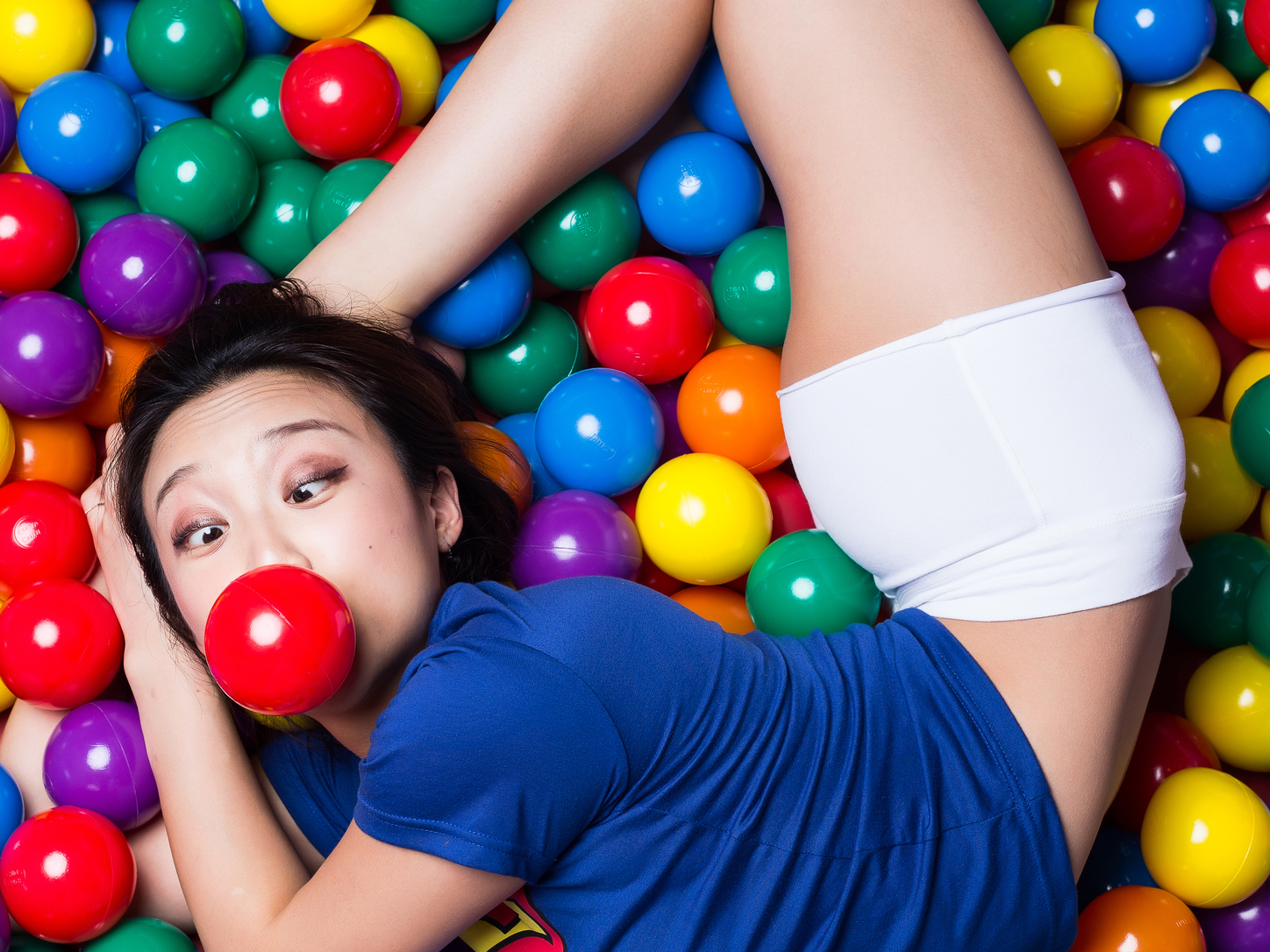
© Rika Maruyama, photo by Taro Irei
The Illusionist
After a brief introduction, HARA passes me his business card through the screen of his cellphone. It’s a trick he teaches businesspeople with the intention of lightening the mood at meetings.
The Japanese illusionist, who’s been wowing international audiences for many years, shot to fame in 2016 when he turned himself into a pigeon on America’s Got Talent. It mesmerized the judges, including Simon Cowell, who said, “For those two minutes it was like being in the happiest place.”
“Knowing his reputation, I was delighted to hear that,” HARA tells Weekender. “Sometimes I’ll see skeptical eyes in the audience, particularly amongst men, but when I perform, their faces light up. That’s the power of magic.”
HARA became intrigued by magic at the age of five when a clown handed him some crystal that he’d created from a bubble. Two years later the youngster started doing his own tricks. “My dream was to be a singer like my mum,” he says. “I sang at a school talent show and got no reaction whatsoever. The following year I decided to buy a magic kit
and perform what I’d learned. Everyone was amazed and I felt like a superstar.”
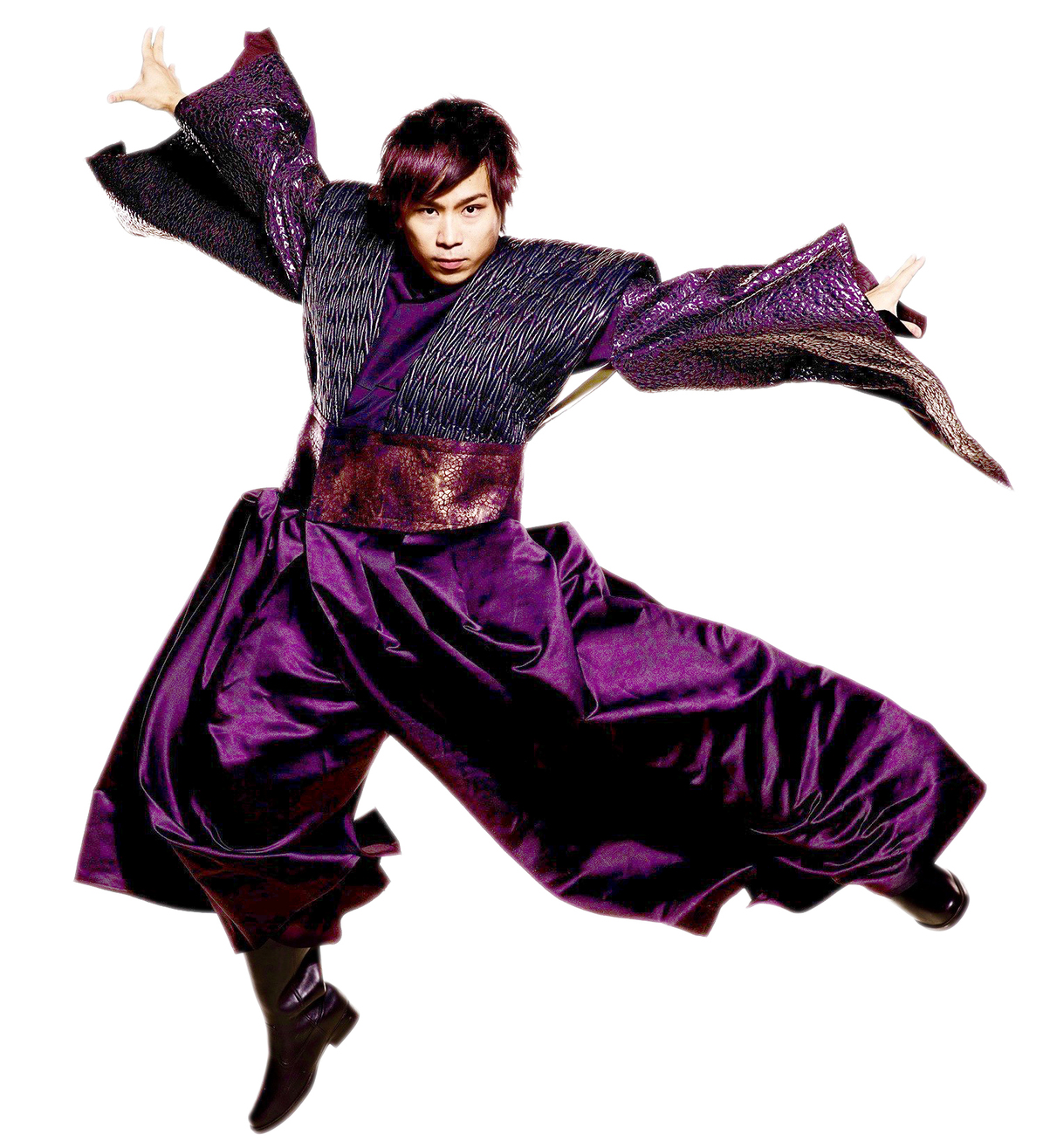 Practicing every day, the self-taught magician from the mountains of Kumano soon started making a name for himself, and at 17 competed in a world teens’ magic tournament in Las Vegas. “I didn’t win,” he says matter-of-factly. “Rather than trying to entertain, I showed off. After watching Cirque du Soleil, I changed my act, becoming more of an illusionist than a magician. Twelve months later I triumphed at the competition.”
Practicing every day, the self-taught magician from the mountains of Kumano soon started making a name for himself, and at 17 competed in a world teens’ magic tournament in Las Vegas. “I didn’t win,” he says matter-of-factly. “Rather than trying to entertain, I showed off. After watching Cirque du Soleil, I changed my act, becoming more of an illusionist than a magician. Twelve months later I triumphed at the competition.”
That success led to offers from all over the world, and despite not taking home the top prize on AGT, his run to the quarter-finals further increased his popularity. He’s only 26, but we get the distinct feeling there’s plenty more to come from the man known as HARA.

